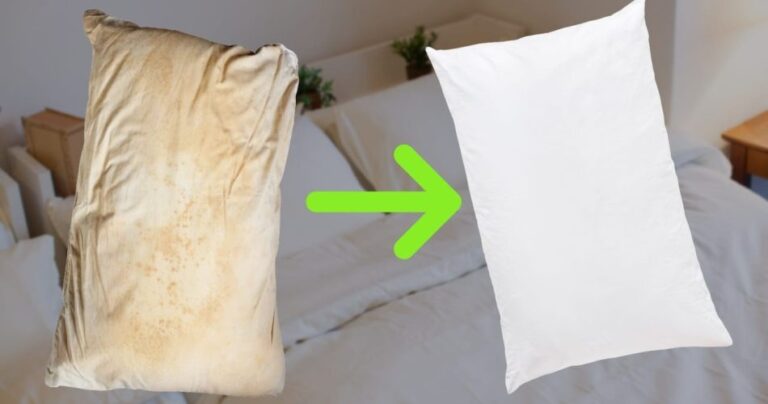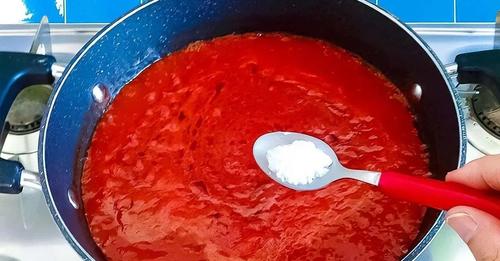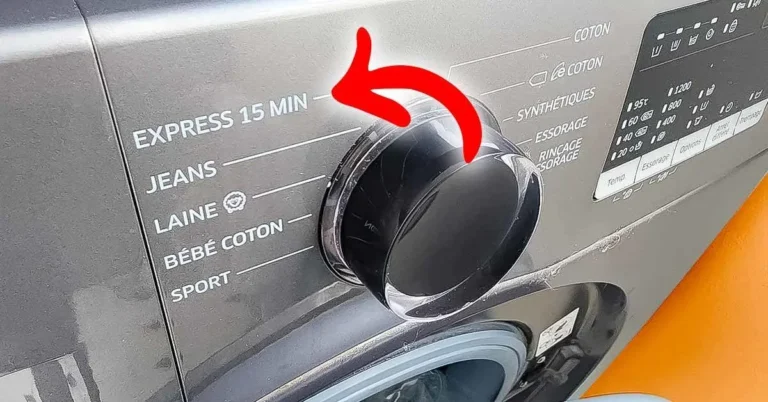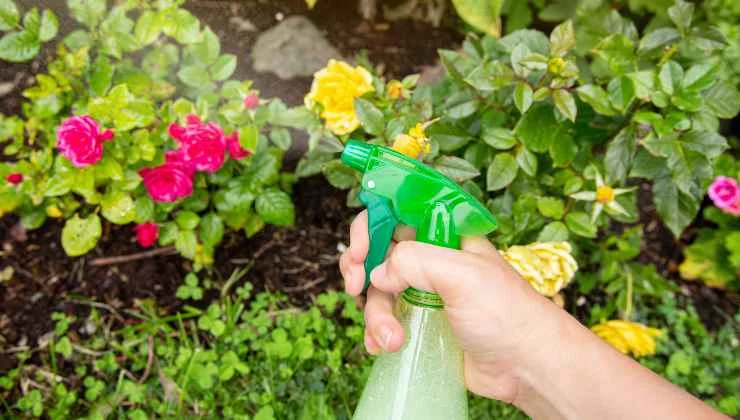Non-stick frying pan, if it has these signs, throw it away immediately: you have no idea of the danger
The signs indicate the presence of lit punaises and comments eliminate them
Non-stick pan, if it has these signs, throw it away immediately: you have no idea of the danger
What woman in the world doesn’t have at least one non-stick frying pan at home? Everyone also has a couple of them which come in handy when you want to cook different dishes at the same time.
We usually use non-stick pans several times a day, to quickly prepare both first and second courses.
However, not many women know that they should pay attention to some details , if the pan looks a certain way, the only thing they can do is throw it away. It doesn’t matter if it’s new, what seemed like a revolutionary idea for kitchens may not be revolutionary in every way. That’s why it’s good to open your eyes.
The non-stick frying pan, a true revolution in the kitchen
We started hearing about non-stick pans just a few years ago . It was presented as a revolutionary idea, something that once reached our kitchens would change habits and would undoubtedly improve our lives in the kitchen.
Those who use it daily know that this is exactly how it is and that the presentation of the product was not exaggerated at all. For example, it comes in handy when we have to prepare stir-fries or when cooking food. It is no longer necessary to experience the preparation of lunch or dinner with anxiety and worry, because the dishes cook slowly, on their own and do not stick at all.
However, all that glitters is not gold , because in some cases, the non-stick pan, rather than being a valid aid, is a health problem . The discovery that was made recently left everyone speechless.
From comfortable to dangerous for your health, it’s an instant
From a revolutionary and comfortable product, which led us all to say “never again without it” , the soft and elegant frying pan goes from being indispensable to something you really have to stay away from, although not always or in all situations.
You have to look carefully at the pan and pay attention to the little things , which at first glance may seem trivial, but in reality they are not trivial at all, but something more.
Here are the details that should be paid special attention to.
If the non-stick pan shows any deformation , no matter how small or large, it is time to throw it away and then buy another one. This usually occurs with heavy use or when the pan is subjected to continuous changes in heat or humidity.
The second phenomenon we should pay attention to is discoloration. The change due to heat loss in this case is a sign of damage to the coating itself. So it is better not to persevere in its use , because this could cause discomfort when cooking food and therefore be harmful.
Scratches and durability of the non-stick pan.
To conclude, there are two other cases that indicate that it is advisable to change the non-stick pan as soon as possible . The first concerns scratches: if there are major scratches, they would indicate damage to the Teflon surface . The reason is mainly one, studies clarify that the pans are made of Teflon, which contains a chemical substance. Damage to the surface inevitably causes food to cook poorly and therefore become toxic.
The last aspect has to do with the lifespan of the nonstick pan . These cannot be used for more than 5 years, especially if used every day or even several times a day, or three or four times a week. Changing them means spending an almost negligible amount , given that the cost is minimal.
The German Institute for Risk Assessment, Bundesinstitut für Risikobewertung, carried out studies after which it confirmed that the use of damaged non-stick pans is dangerous. In addition to burning the food cooked inside, you also ingest pieces of the non-stick coating, which are impossible to digest.
Likewise, few people know that even letting pans in excellent condition overheat can be dangerous . For example, it happens that you forget the pots on the stove while doing something else or while walking around the house. In this case, the material of the newly purchased and therefore new pan disintegrates when it reaches high temperatures. In this case there is a risk of toxic vapors forming in the home.






